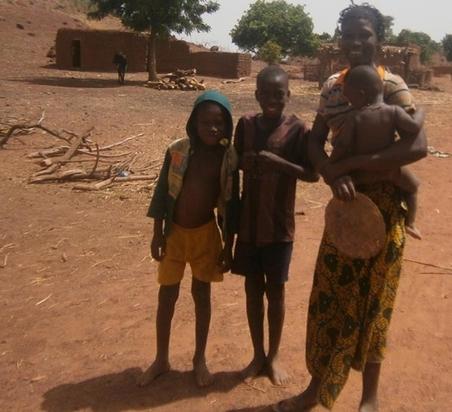
Food security and malnutrition are still key problems for much of the developing world. This affects children most dramatically, with almost 40% of children under the age of five in these regions suffering from stunted growth. New research published in the Annals of the American Association of Geographers helps us understand one possible solution. UMN’s Kathryn Grace—with coauthors Nicholas N. Nagle, and Greg Husak—explores how environmental factors and community food production can interact to combat childhood stunting in a case study of Mali, one of the poorest nations in the world where food insecurity and malnutrition are common.
The authors collected data from the Demographic and Health Survey (DHS) along with high-resolution satellite imagery of the geophysical characteristics of local areas in Mali. This allowed them to compare the environmental traits that can increase food production to health indicators for local children. Small-scale agricultural production included community cultivation of land in public parks or common spaces, often with the approval of local leaders. The authors looked at preconditions for stunted growth to see if this production helped reduce the risk, and their findings were encouraging. In their analysis, each unit increase in cultivated land associated with a 32% decrease in a local children’s chances of stunted growth.
While this CLA research suggests that parental health factors still matter and can’t be overcome by more food production alone, these results show that small-scale, local efforts can be a positive and effective way to help reduce the impact of malnutrition.
For more, check out a summary of Professor Grace’s work at the Department of Geography, Environment, and Society.

